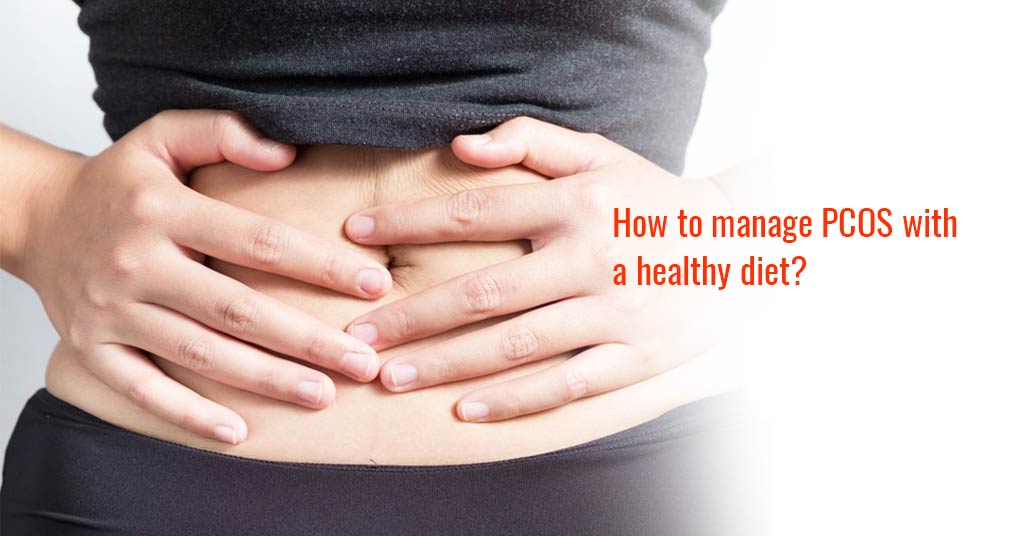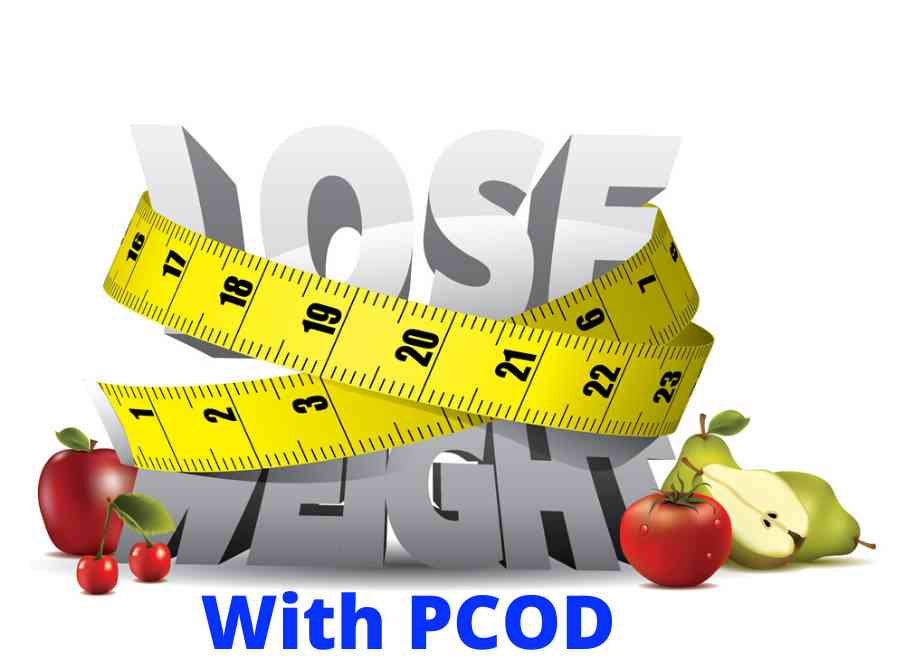One of the most frequent endocrine illnesses in women is polycystic ovarian syndrome (PCOS). Although there is no treatment for PCOS, research shows that certain dietary and lifestyle modifications can help you manage it. If you have PCOS, your doctor may suggest a PCOS diet plan tailored to your needs.
Certain eating practises have been demonstrated to help alleviate PCOS symptoms and may lower your chance of developing related health issues. Its advantages originate from the following fundamental PCOS diet objectives.
People with PCOS who ate a high-protein (more than 40% protein and 30% fat) diet lost more weight and body fat than those who ate a regular protein (less than 15% protein, 30% fat) diet in a six-month experiment.
Neither diet was calorie-restrictive. Because high-protein diets are satisfying, studies believe that consuming more protein results in less eating and weight reduction.
PCOS has no treatment, and the symptoms and health consequences might last even after menopause. You'll want to utilize a long-term strategy if you're changing your food and lifestyle to assist control PCOS.
It's crucial to realize, though, that as you get older, your body, especially hormones and how you metabolize nourishment, will change. While the healthy food and physical exercise habits you establish today will benefit you for the rest of your life, expect to make modest modifications as your general health, lifestyle, requirements, and preferences change.
You may need to change your macronutrient consumption (fat, protein, carbs) or take supplements depending on your overall health needs.
You can start with this broad list, but bear in mind that your healthcare professional or nutritionist may advise you to add or avoid particular items as part of your PCOS diet plan.
What you should eat
- Fruits and vegetables with a high fiber content (apples, plums, broccoli, cauliflower)
- Greens with plenty of leaves
- Vegetables with roots
- Grapes and red berries
- Lentils, legumes, and beans
- Bread, crackers, pasta, and tortillas made with whole grains or multigrain
- Quinoa, brown rice
- Oats, rye, and barley are examples of cereal grains.
- Sunflower, flax, and chia seeds
- Cottage cheese
- Turkey or lean chicken (without the skin)
- Fish that are fatty (salmon, tuna)
- Burgers made with vegetables
- Eggs, egg whites, and egg replacements are all available.
- Greek and low-fat yogurt
- Non-dairy milk substitutes (almond, rice)
- Avocado
- Hummus
- Coconut and coconut oil are both delicious.
- Nut butter and nuts
- Flax seed oil, olive oil
- Herbs and spices from the garden (turmeric, cinnamon, ginger)
- chocolate (dark) (in moderation)
- Green tea
What you should not be eat
- Refined white flour is used in bread, baked goods, crackers, pasta, and cereals.
- Vegetables high in starch (white potatoes, corn, peas)
- rice that is white
- Red meat is a kind of meat that comes from
- Dairy products that are high in fat
- Meat that has been processed (lunch meat, hot dogs, sausage, bacon)
- Fast food, fried food
- Salted pretzels, potato chips, microwave popcorn
- Fruit that has been dried
- Snack snacks in packages
- Snacks and frozen dinners
- Sweeteners made from artificial sources
- Cereal bars, granola
- lard, margarine, and shortening
- Packaged pasta/soup mix, instant noodles
- Stock, broth, and bouillon cubes
- Salad dressings, marinades, and spices from the store
- Candy, milk/chocolate
- Custard, ice cream, and pudding
- Pastries, cakes, cookies, and pies are just a few of the desserts available.
- Soda
- Fruit juice that is high in sugar
- energising beverages








